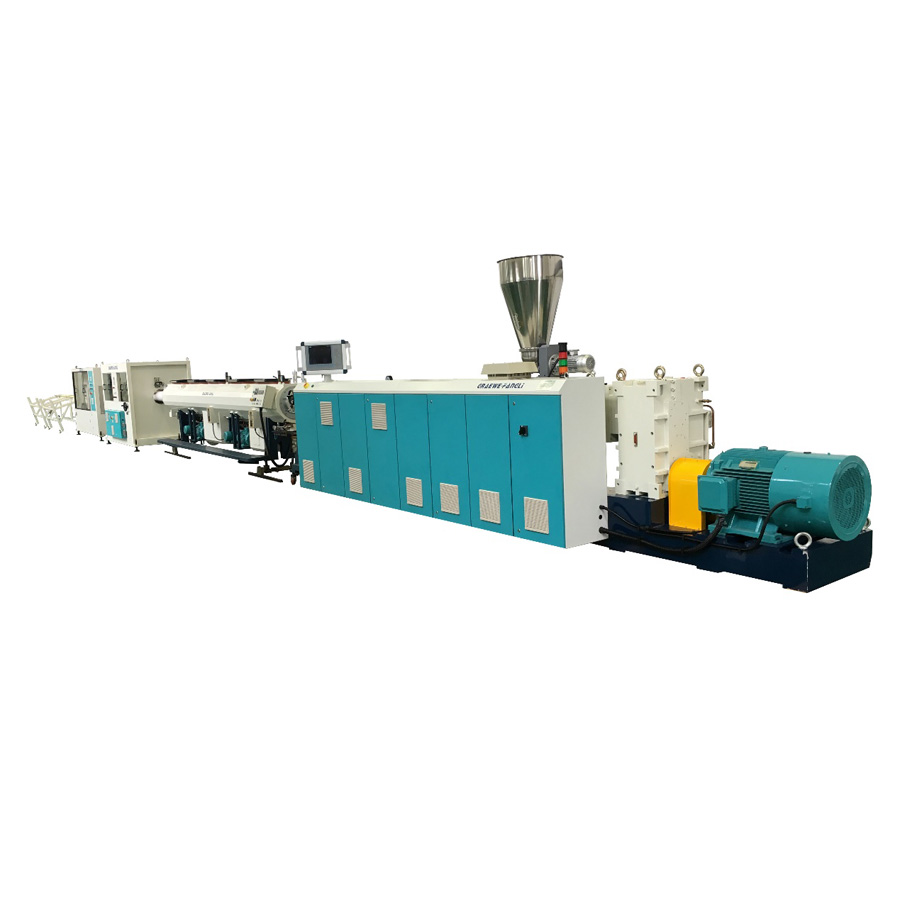- English
- Español
- Português
- русский
- Français
- 日本語
- Deutsch
- tiếng Việt
- Italiano
- Nederlands
- ภาษาไทย
- Polski
- 한국어
- Svenska
- magyar
- Malay
- বাংলা ভাষার
- Dansk
- Suomi
- हिन्दी
- Pilipino
- Türkçe
- Gaeilge
- العربية
- Indonesia
- Norsk
- تمل
- český
- ελληνικά
- український
- Javanese
- فارسی
- தமிழ்
- తెలుగు
- नेपाली
- Burmese
- български
- ລາວ
- Latine
- Қазақша
- Euskal
- Azərbaycan
- Slovenský jazyk
- Македонски
- Lietuvos
- Eesti Keel
- Română
- Slovenski
- मराठी
- Srpski језик
Achieving metal appearances with in-mold decorated plastics
2025-03-19
Achieving metallic appearances with in-mold decorated (IMD) plastics is a popular method for producing high-end, durable, and aesthetically appealing parts. This technique is widely used in automotive, consumer electronics, appliances, and medical devices.Methods for Achieving Metallic Effects in IMD Plastics
1. Metalized Films
Vacuum Metallization: Thin aluminum or chrome layers are deposited onto a plastic film, which is then molded into the part.
Sputtering: A high-quality alternative that provides enhanced durability and scratch resistance.
Physical Vapor Deposition (PVD): A process that creates highly durable, true metallic finishes.
2. Specialty Pigments and Coatings
Metallic Pigments: Incorporating aluminum, mica, or pearlescent pigments into the IMD film can create a metal-like shimmer.
Nano-Coatings: Some advanced coatings simulate brushed metal, anodized aluminum, or stainless steel finishes.
3. Printed and Patterned Foils
Brushed Metal Effects: Can be achieved with pre-printed foils that mimic stainless steel or anodized aluminum textures.
Multi-Layer Films: Combining different layers for depth, reflection, and realistic metal-like finishes.
For applications where electrical conductivity is required, special conductive coatings can be added post-molding.
Advantages of Using IMD for Metallic Appearances
✅ Lightweight – Lighter than real metal while maintaining a premium look.
✅ Durability – Resistant to scratches, UV exposure, and chemicals.
✅ Cost-Effective – More economical than actual metal plating or machining.
✅ Design Flexibility – Allows complex shapes and branding elements to be integrated into the part.




